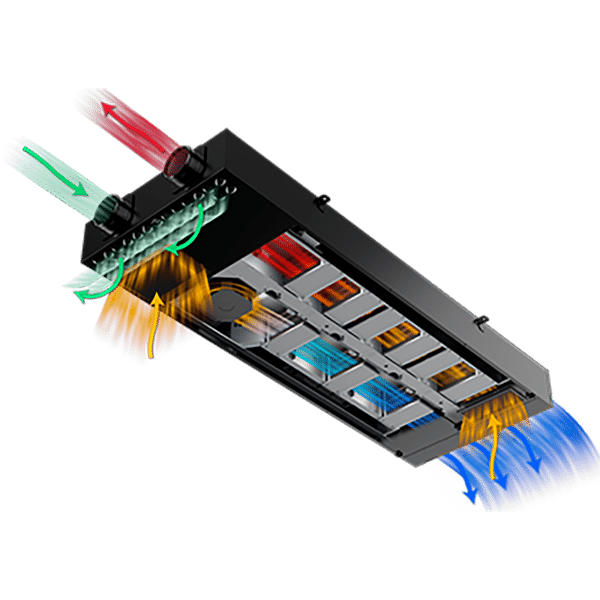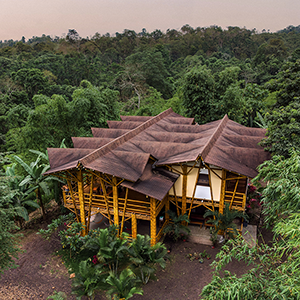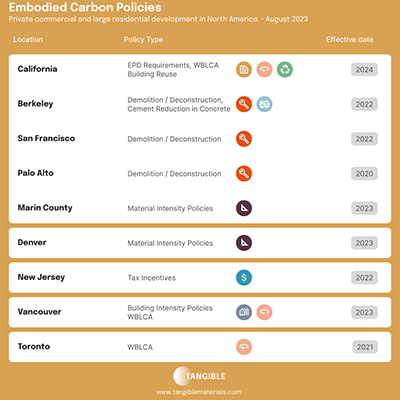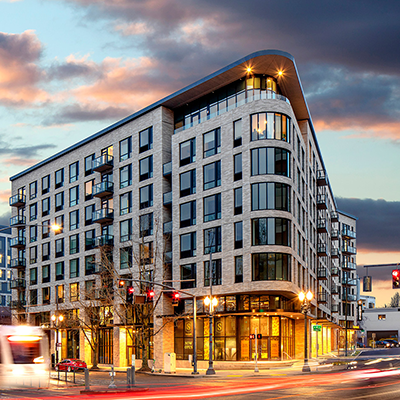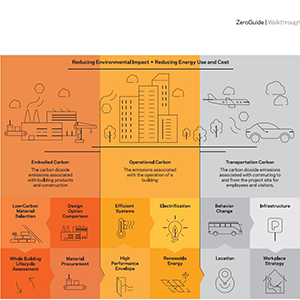MASS Design is on a mission to research, build, and advocate for architecture that promotes justice and human dignity
Feature story by Tina Dilegge
Surrounded by gardens, terraces and courtyards on a hillside overlooking the rolling green landscape of northern Rwanda lays the Butaro Hospital, a rural healthcare facility designed by nonprofit architecture firm Mass Design Group in partnership with the Rwandan Ministry of Health and Partners in Health.
Built to meet the healthcare needs of 350,000 Rwandans in the Burera District, the Butaro Hospital is a testament to the community-focused philosophy and holistic approach that underpins MASS’s design projects across the world, from primary schools in Rwanda to justice memorials in the United States.
Founded in 2008, MASS is guided by a mission to research, build, and advocate for architecture that promotes justice and human dignity. “We see design as a fundamental human right,” says Kelly Doran, Senior Principal at Mass Design Group. “Access to good design should not be a luxury, it should be a given.”
Following a ‘local fabrication’ (lo-fab) approach, MASS prioritizes using locally sourced labor and materials. Employing local workers provides jobs, while supporting skill development and experience with sustainable materials, processes and technologies. Selecting local materials helps drastically lower carbon emissions throughout a building’s lifespan, particularly emissions from transportation. Furthermore, selecting high quality, durable materials from the local region supports material waste reduction from repairs and emissions attributed to operating and maintaining a building.
“Buildings in communities represent a massive amount of money being spent in an area and [are] certainly a big economic opportunity to improve the financial and social wellbeing of the people around them,” says Doran.
Carbon-storing building materials help create a thriving community
Before construction of Butaro Hospital began in 2008, the Burera District did not have a hospital or local doctor, putting 340,000 people living in the region without direct access to healthcare. Reaching the nearest hospital meant traveling several hours by foot and two hours by vehicle.
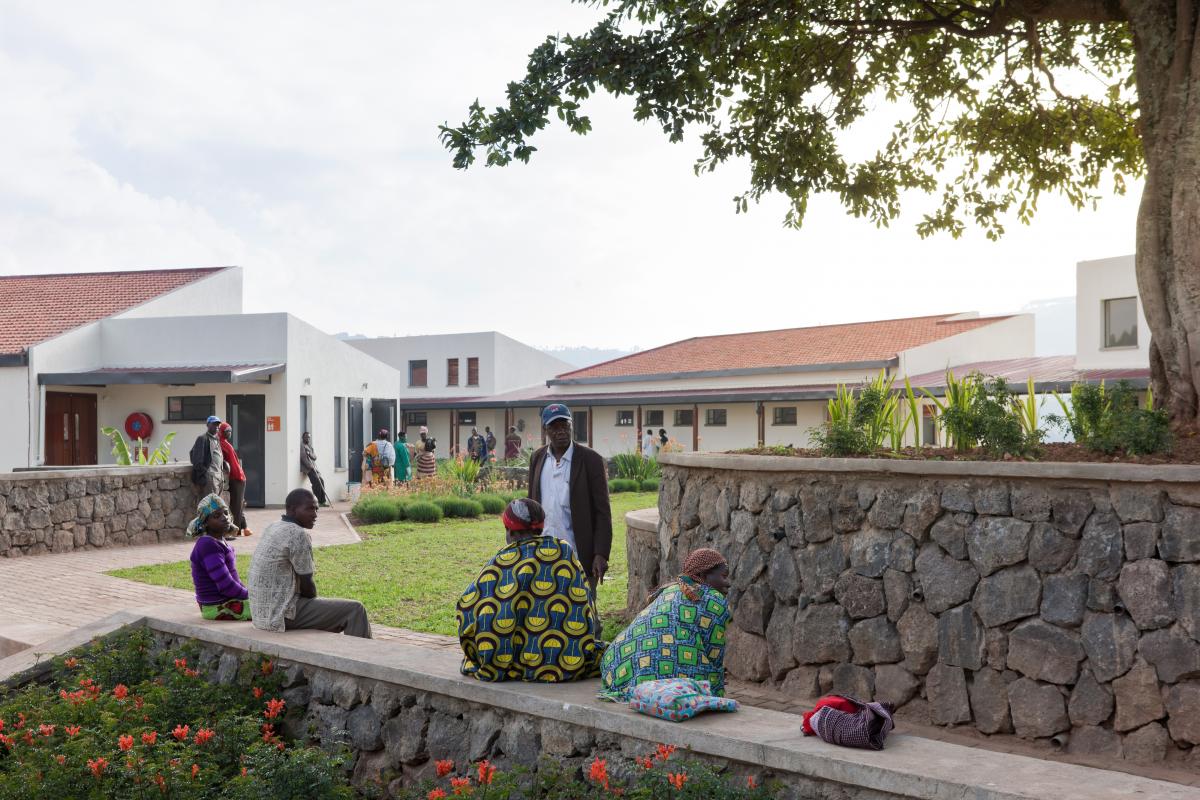
Butaro Hospital. © Iwan Baan
Construction of the 150-bed hospital was spurred by the government of Rwanda’s two-decade commitment to rebuild the country’s healthcare system following the 1994 genocide. Public trust in the healthcare system and public health indicators were at record lows, and the government sought to prioritize access and accountability in its effort to deliver high quality healthcare to Rwanda’s most impoverished regions. Since the Butaro Hospital opened its doors to the public in 2011, child and maternal mortality rates have dramatically decreased in the surrounding area, and patient recovery times have improved.
Providing both inpatient and outpatient services, the Butaro Hospital comprises a pediatric ward, intensive care units and an emergency room. The facility was designed to control transmission of airborne disease and reduce the risk of hospital-acquired infections through strategies promoting cool air circulation, moisture control and leveraging landscaping to create an external environment that would prompt patients to spend time outside and thus, promote healing and improved health outcomes.
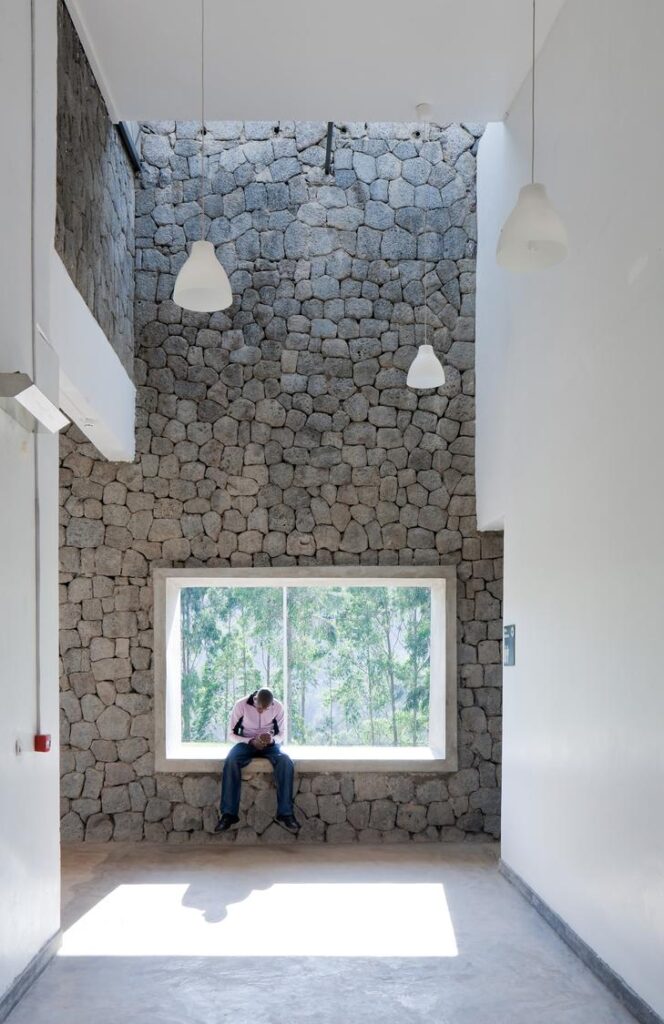
Butaro Hospital. © Iwan Baan
“We ask at the forefront, ‘What should we be designing for? What are we putting into the world to improve a community and society, and what are the ways to measure the impact of our decisions?’” says Doran. “You don’t build a library just to have a bunch of books in it. You build a library to get people access to education they otherwise wouldn’t have.”
Baptiste has collaborated with MASS on building projects throughout Rwanda to design open-ended, restorative landscapes. “The secret of work is mutual respect,” says Baptiste.
The design team also sought to optimize building performance while minimizing the financial costs associated with installation, operation and maintenance. MASS focused on passive design strategies related to ventilation, heating, natural lighting and more, noting these solutions are ‘possible in the most resource limited contexts.’
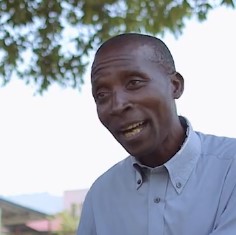
Jean Baptiste. © MASS Design Group
Education in harmony with the natural environment
Tucked away in a remote jungle village in the Democratic Republic of the Congo, the Ilima Primary School serves as a bridge between human activity and the natural world. In partnership with the African Wildlife Foundation, MASS designed the primary school as part of its commitment to collaborate on building projects that help benefit impoverished communities lacking access to fundamental needs such as education.
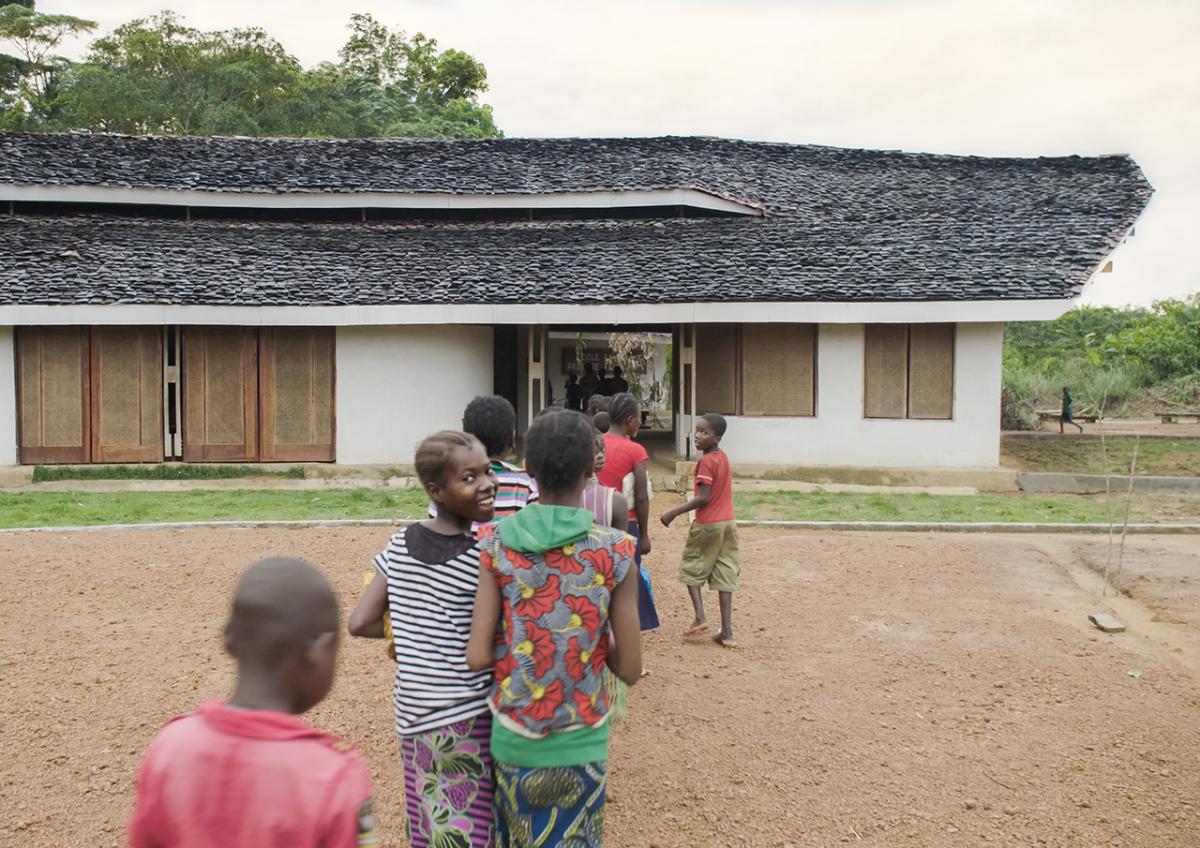
Ilima Primary School. © MASS Design Group
Construction of the IIima Primary School was a result of the Conservation Schools Initiative, an effort led by the African Wildlife Foundation to harmonize wildlife conservation with community empowerment through primary school education curriculum based on wildlife conservation.
Positioned between developed farmland and a natural ecosystem, the Ilima village presented an opportunity for MASS to design a facility would symbolize a harmonious connection between humans and wildlife. Designing the primary school to sit at the center of the two landscapes, MASS also included a dedicated entryway, community area, and outdoor learning and play spaces, as well as educational signs around the school.
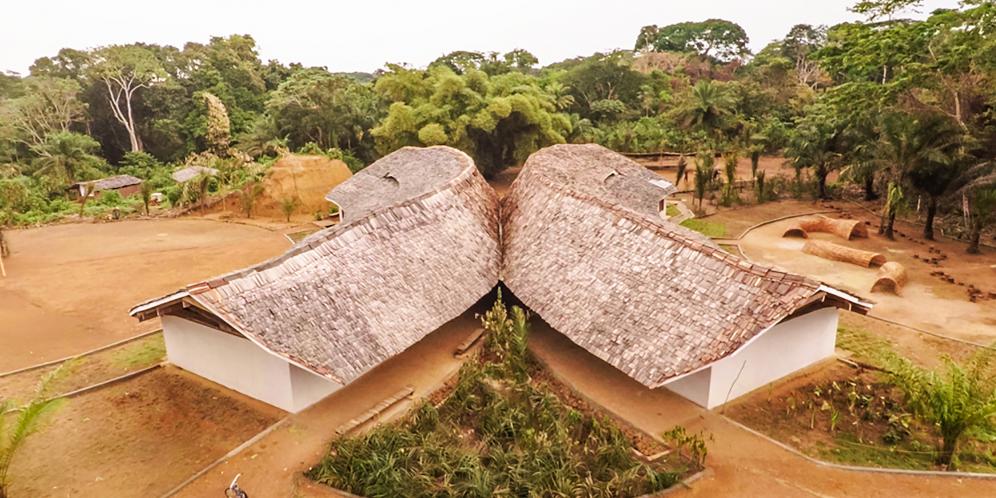
Ilima Primary School. © MASS Design Group
Completed in 2015, the Ilima Primary School demonstrates how community-focused design can lead to carbon neutrality at the completion of building project. This provides a roadmap for MASS’s vision to build a ‘climate positive future’, which focuses on embodied carbon reduction (emissions beyond energy use and operational efficiency). For MASS, this means assessing the ecosystem of building project through a holistic lens and producing an entire supply chain that is ‘sustainable, resilient, and regenerative.’
Emitting 307,000 kg less carbon than the global average for a similarly sized building type, design of the Ilima Primary School included custom shingles, mud bricks and beams made entirely from materials found on and around the construction site. Using solely materials sourced from the region – 99% of which were found within 10km of the building site – the project resulted in hundreds of thousands of dollars invested into the region’s economy and provided jobs to 120 residents from the community.
The role of design in a rapidly changing, globalized world
MASS applies an impact design methodology across their projects to understand the outcomes of design decisions. Project-by-project, MASS identifies quantitative and qualitative metrics and methods up-front to measure social economic impacts, such as employment (local residents working on a project), investment of money (what percentage of a project’s budget is spent in the immediate area), and where materials come from. As part of this effort, MASS aims to demonstrate the value of design, carrying out research to understand how the built environment impacts people and surrounding communities.
In the past few months, the COVID-19 pandemic has led to heightened and widespread awareness of the relationship between buildings and people, and the importance of designing buildings to improve health outcomes. Based on its experience designing facilities to mitigate airborne viruses, MASS is publishing and sharing COVID-19 tools and resources, including a best practice guide that outlines design strategies related to social distancing (vs. isolation), material selection, surface treatment, air circulation among other considerations.
In the current context, Doran hopes that architects can find opportunity to challenge modern design assumptions and adopt practices that better serve local communities across the world.
“I hope the slow down and pause will allow us to talk and learn about this a bit more, then come back to practice hopefully with a different take and [mindset of] ‘I can’t specify that, because that is hurting the environment and people at the other end,’” he says, outlining important questions to ask, such as, “What’s in it? Who is involved? What part of the world does this come from? Were the people there treated fairly? Is their environment better off as a result?”

